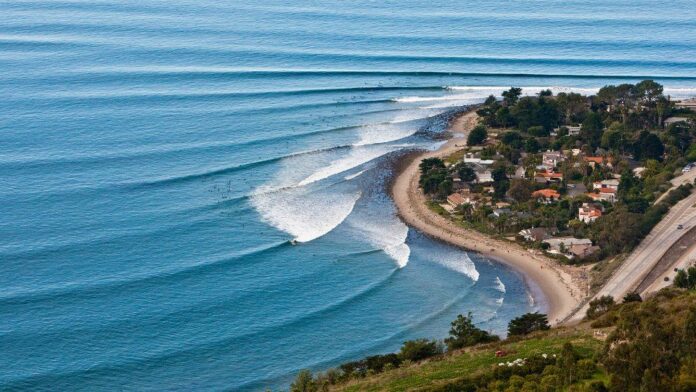On the shore of the Pacific Ocean in the northwestern part of Peru lies the small town of Puerto Chicama. This place is unique because it is home to the longest ocean waves in the world. The length of a wave refers to the distance its crest travels, not the length of the crest itself, though that is also considerable.
Why Long Waves Form
The formation of such long waves is due to the cold Peruvian current that flows along the coast of Peru from south to north, the direction of air masses, and the terrain of the shoreline in this area.
Waves up to 2 meters high follow one another perfectly and almost never merge. Waves less than 1 meter high are usually slow and weak.
Here, the longest and most optimal left-hand waves on the planet form. They can travel more than 4 kilometers—from the rocky Malabrigo cape to the pier on the coast.
Who First Noticed This Natural Phenomenon
In 1965, Hawaiian surfer Chuck Shipman was flying in an airplane when he saw a very long left-hand wave. Shipman asked the pilot about these places, and when he returned home, he began studying maps of Peru and the characteristics of the local wave formations.
Identifying several promising sections of the coastline, Chuck contacted friends in Peru and asked them to explore the coast “in person.” Since then, Chicama has become a popular spot for surfers.
The Chicama Wave is Protected by Law
The Chicama wave became the first wave in the world to be protected by Peruvian law. It is prohibited to build anything within 1 kilometer of the site where this amazing phenomenon occurs, as it is believed that construction could disrupt wave formation.
